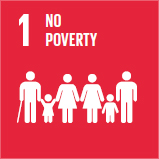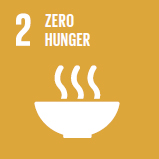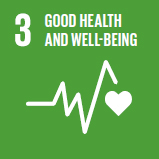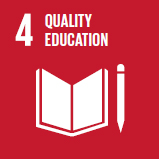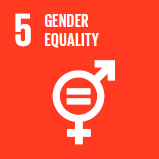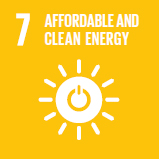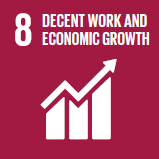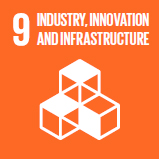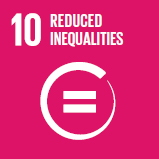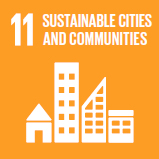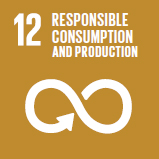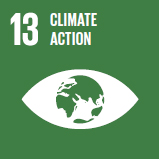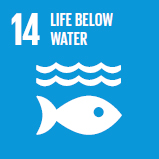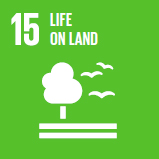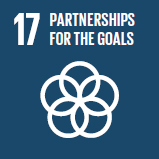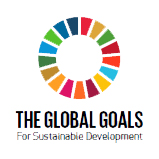- Home
- /
- Annual Sustainability Report 2021-2022
- /
- Net Zero
Net zero
Our Carbon Net Zero Strategy was published in 2021, to help minimise escalating climate change, in line with scientific advice. It follows successful delivery of our first 10-year Carbon Strategy target to cut scope 1 and 2 emissions.
Our target was to reduce emissions by 40% by 2020, against our 2005 baseline, and by 2021 we had exceeded this target with 45% reduction. We were on track to hit this target even before the various effects of the pandemic on energy use in 2020 and 2021. Our Net Zero goals now take us into the next phase of emissions reduction work
- £3.3m project funding for energy efficiency improvements across our estate including new City Campus refurbishment in Gloucester
- £1.2m project funding for heating replacements to upgrade gas boilers to heat pumps at Francis Close Hall and Oxstalls campuses
Carbon Targets Ranking – 90/100 – ‘Leading the Way’
Students Organising for Sustainability (SOS UK) are tracking how universities develop net zero policies and published a new Carbon Targets assessment in 2021. Our approach put us in the top tier, reflecting the scope of our policy, its target setting and our aim to reach ‘net zero’ by 2030.
Our approach to measuring travel emissions goes further than the SOS-UK assessment by including student term time commuting, as we consider this a direct consequence of our operations.
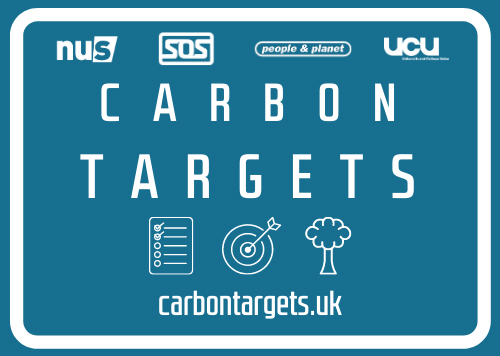
Reporting on net zero performance
A solid policy towards net zero reports on a wider set of activities, against all 3 scopes of direct and indirect carbon emissions. This report shares the headline position overall and the specific progress we have made on those targets.
The data shows our performance in this first delivery year against our Carbon Net Zero Strategy. It aligns with the formal reporting we do publicly within our annual financial statements, as required by the Streamlined Energy and Carbon Reporting Protocol.
Emissions performance 2021-2022
This graph shows our overall carbon emissions reduction against the baseline year of 2018-2019 and towards our net zero target year of 2030.
Overall emissions (all scopes)
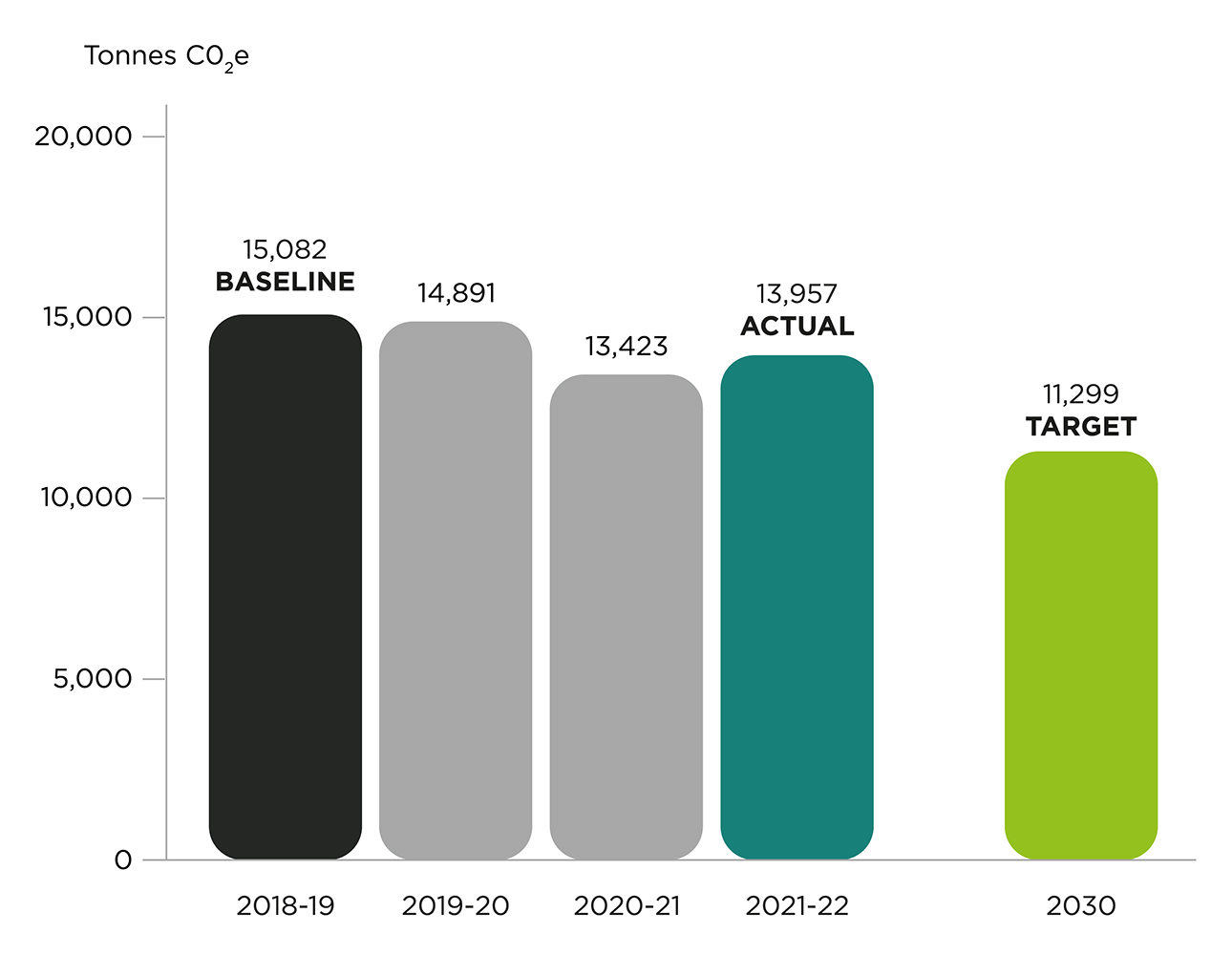
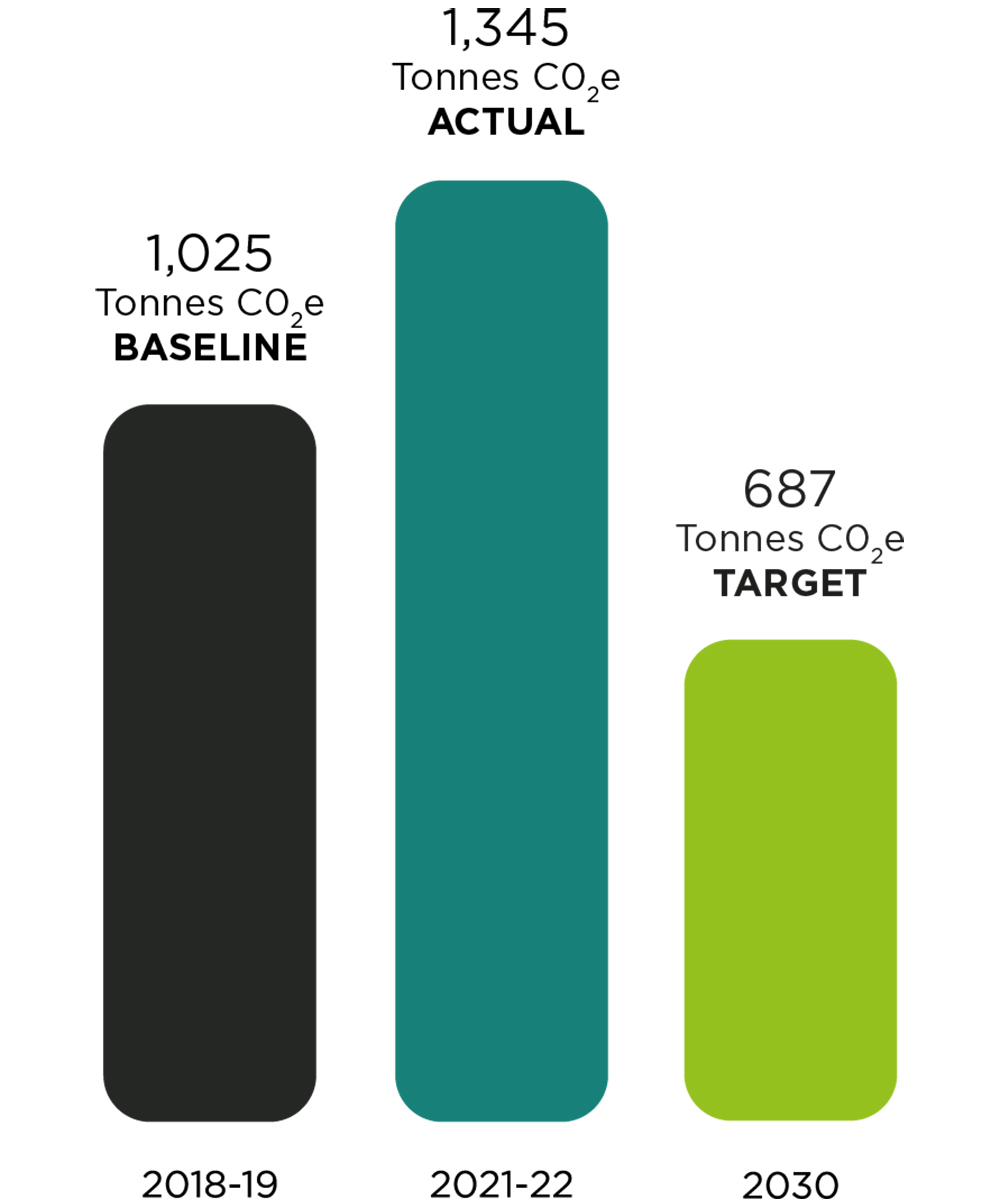
![]() Currently increased due to the necessary ventilation controls used during Covid. Systems returned to normal settings in October 2022 which will address this issue.
Currently increased due to the necessary ventilation controls used during Covid. Systems returned to normal settings in October 2022 which will address this issue.
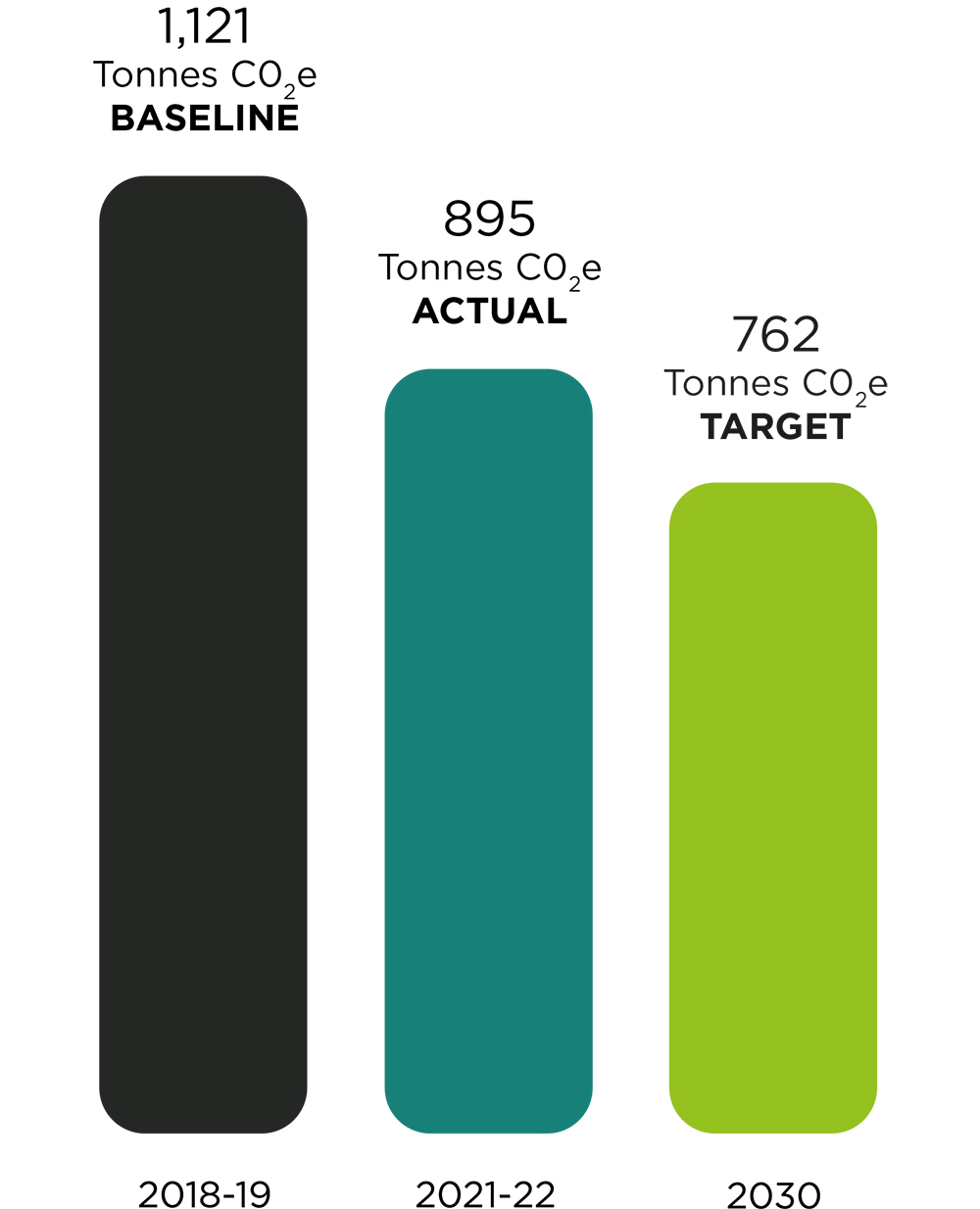
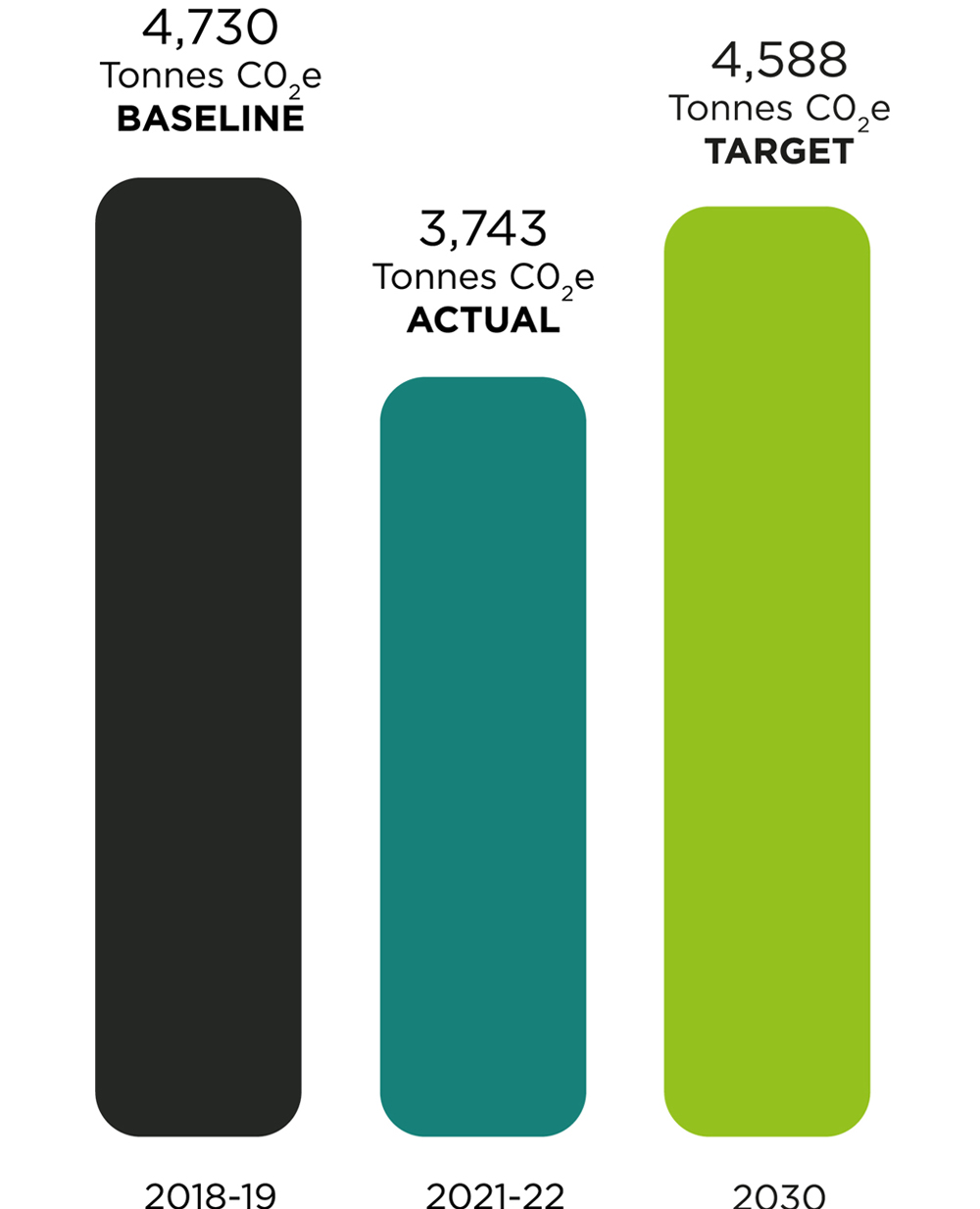
![]() Currently exceeded target, due to changes in commuting patterns during the pandemic and in the return to more flexible study and work patterns.
Currently exceeded target, due to changes in commuting patterns during the pandemic and in the return to more flexible study and work patterns.
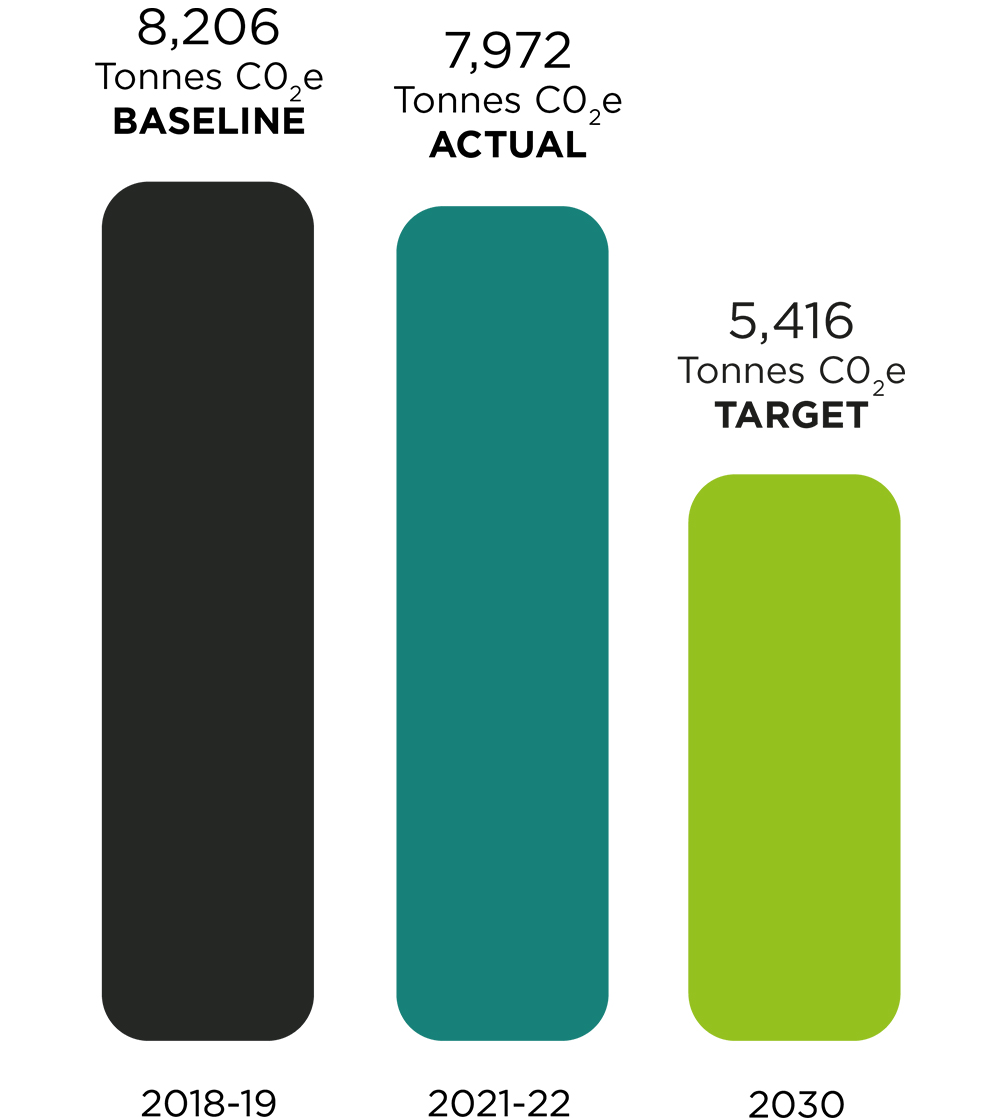
![]() Currently on target, mainly due to the effects of decarbonisation within the overall UK supply chain.
Currently on target, mainly due to the effects of decarbonisation within the overall UK supply chain.
Energy management
To support the decarbonisation of our campuses and our net zero goals, we are optimising our energy management approaches and have already won external funding through the Salix Public Sector Decarbonisation Scheme totalling £4.5m for projects to progress this aim.
Indicators we monitor include:
We have been committed to purchasing 100% renewable energy since 1993. In 2019 we joined a £50m group corporate power purchase agreement (PPA) with 19 other universities, through energy purchasing consortium TEC, that sources power from a portfolio of UK windfarms.
Reporting on the UN Global Goals
This report meets our annual reporting commitments on the Sustainable Development Goals (SDGs) as an institutional signatory to the tertiary sector SDG Accord.
Throughout this annual report, we record how the actions and results shown in this report contribute to the delivery of the UN SDGs. The actions on this page contribute to the specific goals marked below. For more information click here.

